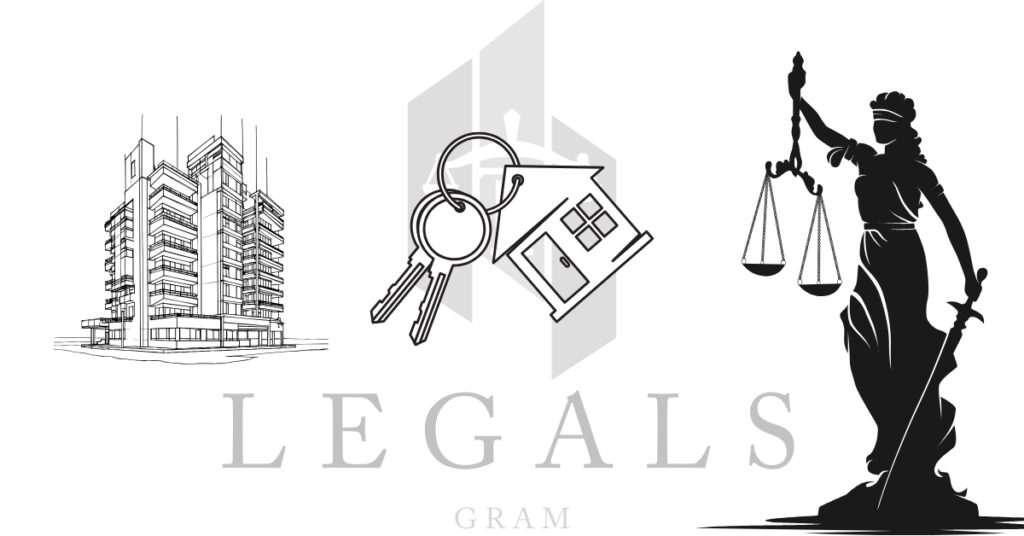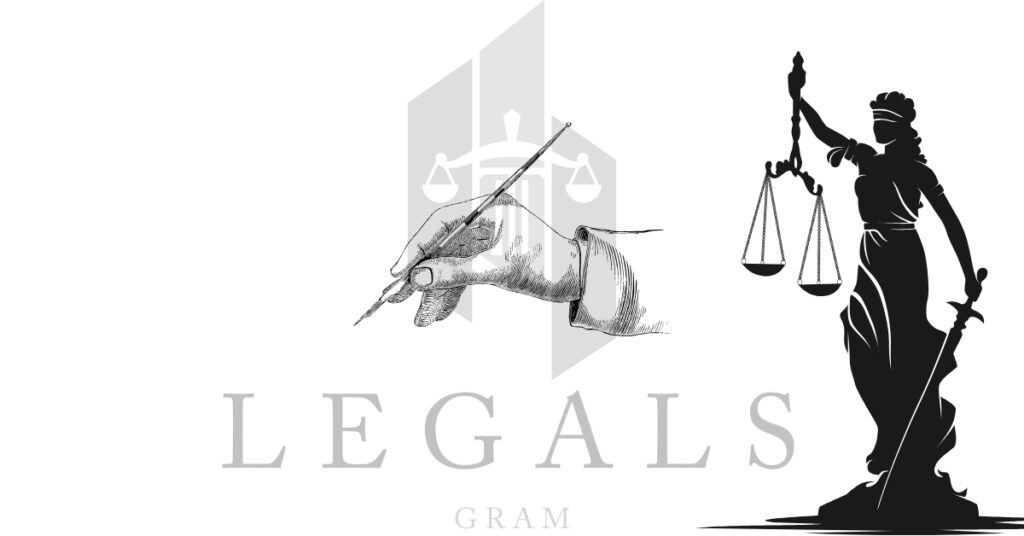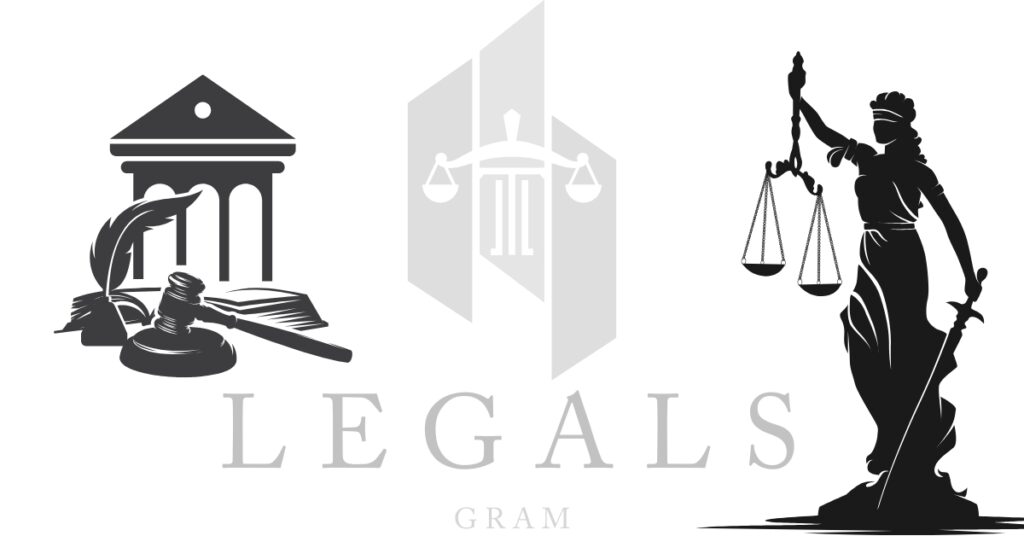Buying or selling property involves more than just agreeing on a price. The legal transfer of ownership requires a process called conveyancing. This guide explains everything you need to know about property transfers.
What Is Property Conveyancing?
Conveyancing is the legal process of transferring property ownership from seller to buyer. It ensures the buyer gets clear title to the property without hidden debts or legal problems.
Think of it as the paperwork backbone of every property sale. Without proper conveyancing, buyers risk purchasing properties with legal issues they never knew existed.
Why Conveyancing Matters
Property purchases are often the biggest financial decisions people make. Conveyancing protects both sides by:
- Checking the seller legally owns the property
- Finding any restrictions or debts tied to the land
- Preparing all legal documents correctly
- Managing money transfers safely
- Preventing future legal disputes
Skipping proper conveyancing can cost thousands in legal fees later. Smart buyers and sellers always use qualified professionals.
Different Types of Property Conveyancing
Residential Property Transfers
Most conveyancing involves homes and residential properties. This includes:
Freehold Properties: You own both the building and the land underneath. This gives you complete ownership rights.
Leasehold Properties: You own the right to live there for a set period (usually 99-999 years). Someone else owns the actual land.
Commercial Property Conveyancing
Business properties need extra attention. Office buildings, shops, and warehouses involve:
- Business zoning rules
- Environmental checks
- Commercial lease terms
- Tax implications
- Asset transfers
Commercial deals are more complex and take longer to complete.
New Build Conveyancing
Buying new construction presents unique challenges:
- Checking the builder’s track record
- Reviewing warranties and guarantees
- Confirming planning permissions
- Checking building certificates
- Ensuring utilities are connected
New builds often involve staged payments as construction progresses.
Rural and Farm Property Transfers
Country properties involve special considerations:
- Water and mineral rights
- Environmental restrictions
- Farm subsidies and schemes
- Public access rights
- Land use regulations
Rural conveyancing requires specialists who understand agricultural law.
Off-the-Plan Purchases
Buying before construction starts requires careful planning:
- Developer financial stability checks
- Understanding completion timeframes
- Reviewing plans and specifications
- Deposit protection arrangements
- Construction variation procedures
These purchases carry higher risks but often offer better prices.
Transfer of Equity
Sometimes ownership changes without a full sale:
- Adding a partner to the title
- Removing someone from ownership
- Changing ownership percentages
- Family property transfers
These transfers still need proper legal documentation and may trigger taxes.
Key People in the Conveyancing Process
Conveyancers vs Solicitors
Conveyancers: Specialists who only handle property transfers. They cost less and work faster on standard transactions.
Solicitors: Lawyers with broader expertise. They handle complex deals and provide wider legal protection. They cost more but offer comprehensive legal coverage.
Other Important Players
- Real Estate Agents: Market and show properties but don’t handle legal transfers
- Mortgage Lenders: Provide loans and have their own legal requirements
- Government Offices: Keep property records and collect taxes
- Building Inspectors: Check property condition and safety
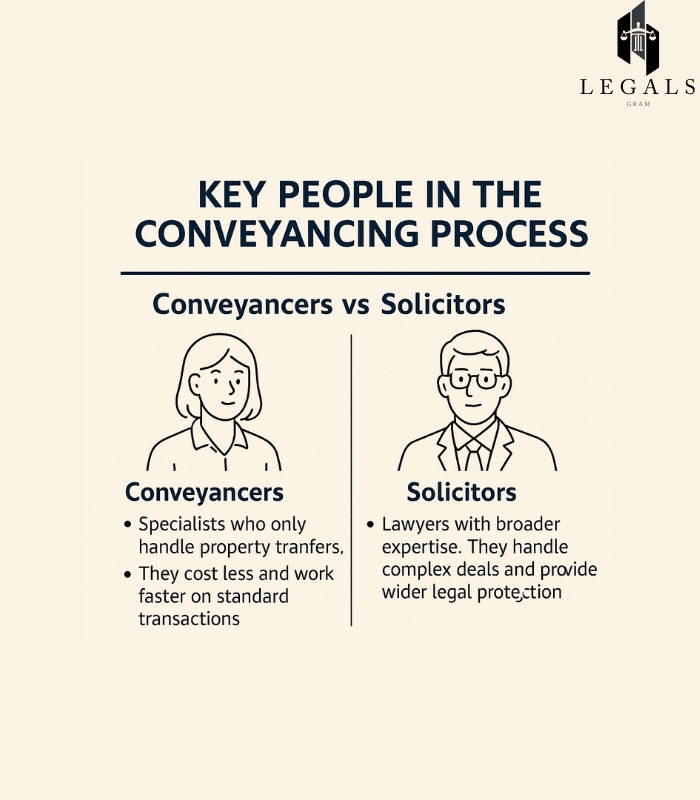
The Conveyancing Process Step by Step
Phase 1: Before Contract Exchange
For Buyers:
- Choose a conveyancer or solicitor
- Apply for property searches
- Arrange financing if needed
- Review the sale contract
- Book building and pest inspections
- Negotiate terms and conditions
For Sellers:
- Hire conveyancing services
- Prepare the sale contract
- Gather property documents
- Disclose known property issues
During this phase, your conveyancer runs important searches:
- Title searches: Confirm ownership and find any debts or restrictions
- Planning searches: Check zoning rules and future developments
- Environmental searches: Look for contamination or flood risks
- Council searches: Find building approvals or outstanding notices
Phase 2: Contract Exchange
This is when the deal becomes legally binding:
- Both parties sign identical contracts
- Buyer pays a deposit (typically 10% of price)
- Completion date is set
- Neither party can back out without penalties
After exchange, changing your mind usually costs thousands in penalties.
Phase 3: Completion and Settlement
The final stage involves:
- Finalizing loan arrangements
- Running final property checks
- Preparing transfer documents
- Calculating rate and tax adjustments
- Arranging final payment
- Transferring legal ownership
- Registering the new ownership
On settlement day, both sides meet to exchange documents and money. The buyer gets the keys and legal possession.
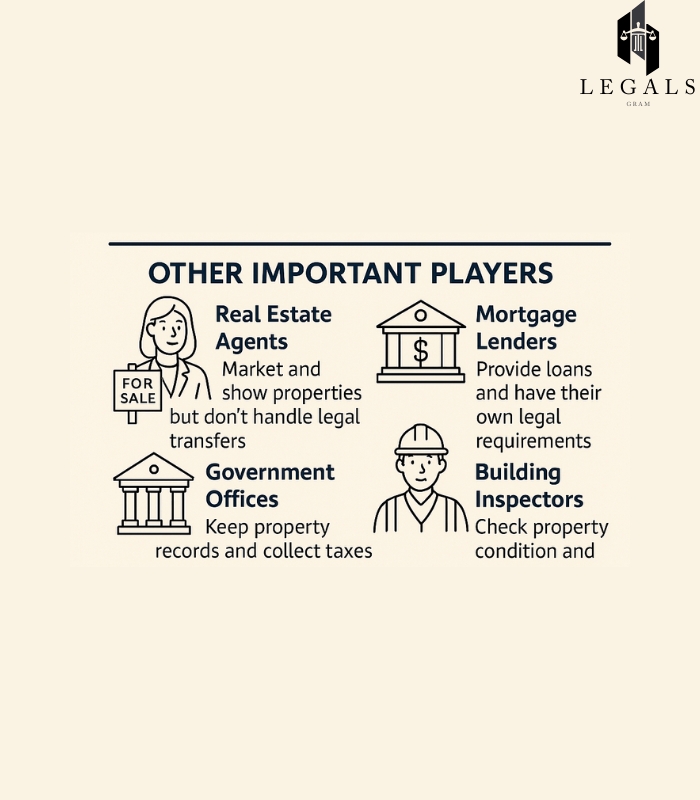
Essential Conveyancing Documents
Contract of Sale
Details the property, price, settlement date, and what stays with the property.
Transfer Documents
The official paperwork that moves ownership from seller to buyer.
Title Deed
Legal proof of property ownership and any restrictions.
Mortgage Documents
If using a loan, these secure the lender’s interest in the property.
Property Certificate
Contains detailed information about the title and registered interests.
Settlement Statement
Shows all money adjustments between buyer and seller.
Common Conveyancing Problems
Title Issues
Boundary disputes or ownership claims can delay or stop sales entirely.
Loan Delays
Mortgage approval problems often push back settlement dates.
Property Defects
Building inspections may reveal expensive problems needing repair or price adjustments.
Chain Reactions
When your sale depends on other property transactions, any delay affects everyone.
Survey Problems
Differences between actual boundaries and official records create legal headaches.
Conveyancing Costs Explained
Fees vary based on:
- Property value and transaction complexity
- Your location
- Whether you use a conveyancer or solicitor
- Extra searches needed
Typical Costs Include:
Professional Fees: What you pay your conveyancer or solicitor.
Third Party Costs:
- Search fees
- Registration fees
- Bank transfer fees
- Stamp duty (often the biggest expense)
Always get a detailed cost breakdown before hiring conveyancing services. DIY vs Professional Conveyancing: Which Option Is Right for You?
Tips for Smooth Property Transfers
Choose the Right Professional
Research conveyancers with good reviews and clear communication styles.
Start Early
Engage conveyancing services as soon as you decide to buy or sell.
Get Organized
Gather property documents early to avoid delays.
Budget Properly
Account for all costs including searches, taxes, and unexpected fees.
Stay Connected
Maintain regular contact with your conveyancer and respond quickly to requests.
Ask Questions
Don’t sign anything you don’t understand. Good professionals explain everything clearly.
Read Everything
Review all documents carefully before signing.
Common Conveyancing Questions
How long does conveyancing take?
Standard residential transactions take 6-12 weeks. Complex deals may take longer.
Can I do conveyancing myself?
While legally possible, it’s risky. Property law is complex and mistakes are expensive.
What happens if problems are found?
Your conveyancer will negotiate solutions or advise whether to proceed.
Do I need conveyancing for cash purchases?
Yes. Even cash buyers need proper legal transfers and searches.
Can conveyancing fees be negotiated?
Many conveyancers offer fixed-fee packages. Compare quotes from several providers.
Red Flags to Watch For
Be cautious if:
- Fees seem unusually low (may indicate hidden costs)
- Communication is poor or slow
- The conveyancer lacks proper qualifications
- You’re pressured to skip searches or inspections
- Documents contain errors or inconsistencies
Technology and Modern Conveyancing
Digital tools now streamline many conveyancing processes:
- Electronic document signing
- Online property searches
- Digital money transfers
- Mobile case tracking
- Automated deadline reminders
These improvements make conveyancing faster and more transparent than ever.
Final Thoughts
Property conveyancing protects your biggest investment. While the process seems complicated, qualified professionals make it manageable.
Whether buying your first home or investing in commercial property, proper conveyancing ensures your ownership rights are secure. Don’t cut corners on this essential service.
Choose experienced local conveyancers who understand your area’s specific requirements. Good conveyancing is worth every penny when it prevents costly legal problems later.
Remember: the cheapest conveyancing isn’t always the best value. Focus on quality, communication, and track record when making your choice.

